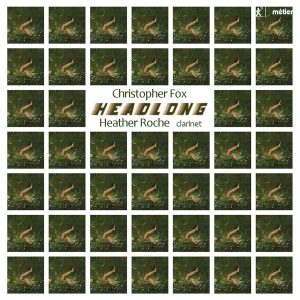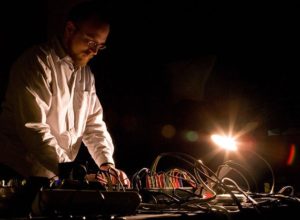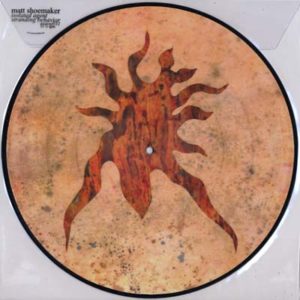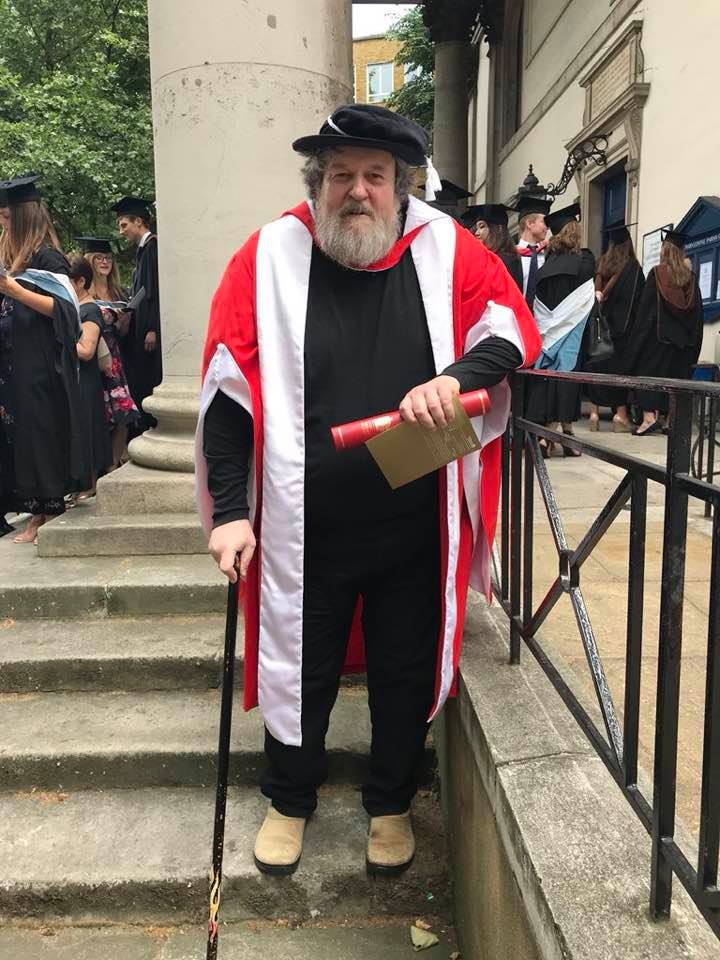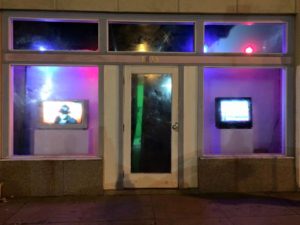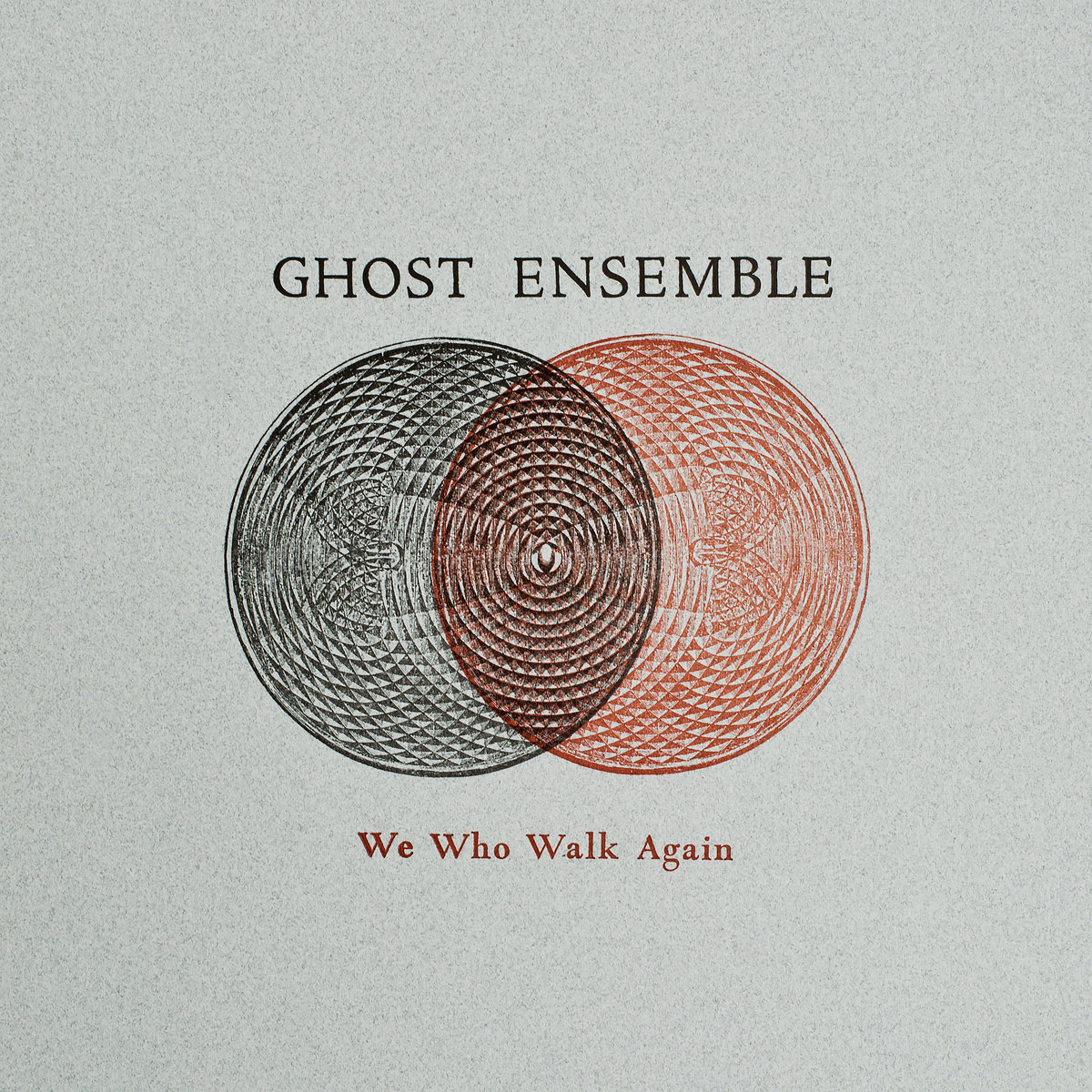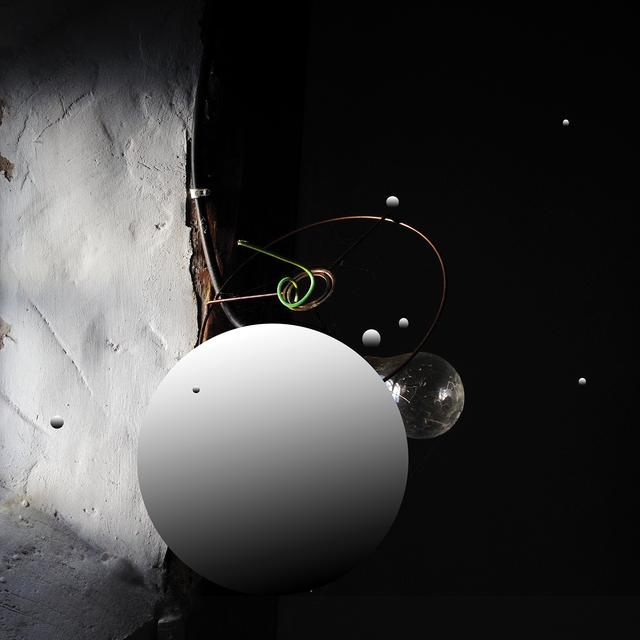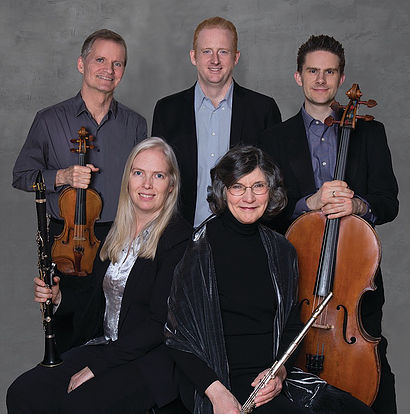This year’s Proms as well as commemorating the centennial of the end of the First World War is also marking the centennial of The Representation of the People Act, which gave voting rights to some women in the United Kingdom for the first time. The means of commemorating that law is the commissioning of eight female composers whose music has not been performed in the Proms before, and a pledge that half the BBC Commissions for the Proms will be, by 2020, from women composers. Coincidentally with that celebration is the celebration of the 90th birthday of Thea Musgrave, whose Phoenix Rising, from 1997, was performed on the August 7 concert by the BBC Symphony, conducted by Richard Farnes. Phoenix Rising is a almost half hour single movement whose central idea is the dramatic movement from desolation and shadow to light and hope. These qualities are personified in the work by the timpanist, representing forces of darkness and the solo horn serving, as the program notes said, “as the distant voice of hope that leads to rebirth and life.” In the course of the performance, the horn player appears from off stage and leads a sort of uprising, literally, from amongst the rank of the orchestra, mainly the brass players, and foils the timpanist, who leaves the state in disgust and from time to time makes his existence known from offstage. This is depiction of the Phoenix rising from the ashes is all accomplished over six sections of dramatically contrasted music. The representation of this drama on stage may be a little unconvincing, but the actual music of the piece is genuinely dramatic and convincing. The orchestral writing is always brilliant and effective. The performance, which seemed as good as anybody could every want, was followed by an equally wonderful and powerful performance of the Brahms Requiem.
The Proms concert on August 8, presented by the BBC Philharmonic, with soprano Sally Matthews, conducted by Juanjo Mena, was an Anglo-American program, consisting of works by Walton, Britten, Barber, and Copland. Copland’s Connotations, written for the opening of what was then called Philharmonic Hall (later called Avery Fisher Hall, and now known as David Geffen Hall) on September 23, 1962, is one of those pieces that seems forever to be under the cloud of its unsuccessful first performance. It was a strange offering for what should have been a festive occasion, since it is not at all festive. In fact it’s downright dour and forbidding, and it certainly produced that effect at its first performance. Copland wrote in his program note that he intended to express “something of the tensions, aspirations, and drama inherent in the world of today.” Bad choice. In addition he let it be known that it was a “twelve-tone” piece, which was in and of itself the kiss of death. Jacqueline Kennedy, who was sitting next to Copland at the performance, responded to it by saying, “Oh, Mr. Copland!” Copland found this puzzling until Verna Fine explained to him later that that meant that Kennedy hadn’t liked it and couldn’t think of anything to say. Copland could have done himself and all the rest of us a favor by keeping quite about the twelve-tone thing, what ever that meant, anyway. Otherwise people would have probably just thought something along the line of its being a return to the language and procedures of his earlier ultra-modernist works, such as the Piano Variations. Copland told Bernstein that he had turned to “the twelve-tone method” because he needed to find new chords. In fact the harmonic language of Connotations is only slightly, if at all, more astringent, or different, than those earlier works. It shares with all of the rest of Copland’s music an angularity and muscular rhythmic drive, and does have the sort of monumental quality that Copland was presumably intending. It’s actually quite a good piece and it was good to hear it.
Samuel Barber’s Antony and Cleopatra was another, even more notorious and more public, flop. Written for the opening of the Metropolitan Opera’s hall in Lincoln Center, it was also intended as a star vehicle for Leontyne Price, the Met’s reigning diva at the time. It was weighted down by the impossibleness of rising to the occasion and, apparently, not at a helped by Fanco Zeffirelli’s production, described by Barber himself as costly, confusing, and overloaded., or by Zeffirelli’s involvement in work on the libretto. The failure was apparently devastating to Barber at the time and adversely effected the rest of his career. Having dallied some with “the twelve-tone method” earlier on, for instance in his Piano Sonata, by the time of Antony and Cleopatra, Barber was a staunch anti-modernist. Two of the scenes from the opera, both being elaborate and dramatic show-pieces for the main character were extracted from the opera and are its most often performed parts; the first is from early on, involving Cleopatra’s reaction to Anthony’s leaving to go to Rome and marry Caesar’s sister, the second from the end of the opera, where Cleopatra, with Antony already dead, is preparing for her suicide by asp. Barber, being the nephew of a major singer in the early days of the Metropolitan Opera (Louise Homer) and of a successful composer of ‘art songs’ (Sidney Homer), both of whom were his mentors, as well as having been a singer himself, certainly knew about writing for the voice, and it is striking in these excerpts that he knew how to write music that lies well on and is flattering to the voice, and that he knew all the best and most effective high notes for Price and her successors performing the piece. The music itself, though, seems, to this listener, anyway, somewhat lackluster, effortful, and tired. Sally Mathews, the soprano in this performance, made a meal of it, and put it over as well as anybody might be expected to do. The Barber was shown to even more disadvantage by the Four Sea Interludes from ‘Peter Grimes’ by Benjamin Britten which followed it, and seemed in this context completely effortlessly perfect. Earlier in the concert Matthews had been the soloist in Britten’s Les Illuminations, a piece which I’ve never much liked. This performance, although as far as I could tell, flawless, didn’t persuade me to think otherwise about it. The concert had opened with Walton’s Portsmouth Point, which is endlessly jolly and rambunctious and enjoyable. All the playing on the concert was really first rate.
All of the performances on the Proms are available for listening through the Proms website for a month.
The Proms is certainly the major musical happening in London during the summer, but it’s not the only thing going on. There were/are two opera companies doing summer festivals of operas during July and August. Tête à Tête Opera did a number or performances, including Tom Randle’s Love Me to Death, Li-E Chen’s Proposition for a Silent Opera, Dear Marie Stopes by Alex Mills, and an evening of songs by Errollyn Wallen, none of which I was able to hear. The Arcola Opera’s season which runs from July 24 to August 26 includes the a 50th anniversary production of Elephant Steps by Stanley Silverman and a production of Greek by Mark Antony Turnage, directed by Jonathan Moore, marking that work’s 30th anniversary. I was able to attend the performance of Greek on August 11, which was conducted by Tim Anderson, with a cast consisting of Phillippa Boyle, Edmund Danon, Richard Morrison, and Laura Woods, with the Kantanti Ensemble as the orchestra. Greek was adapted by Turnage and Moore from the play by Steve Berkoff, re-telling the Oedipus myth but set in the east end of London. Despite the fact that the dialect sometimes can seem like a foreign language (at least to an American), the opera holds one’s attention and interest (to say the least) for its entire 90 minute duration. The instrumental writing and textures are continually inventive, masterly, and interesting, and the control of the dramatic trajectory of the length of the piece is impressive and completely compelling. Greek is really outstanding work of theater and of music, and this production was as compelling and convincing as the work itself.
